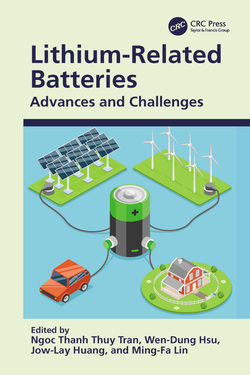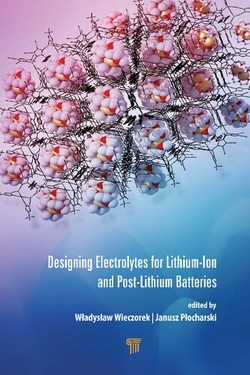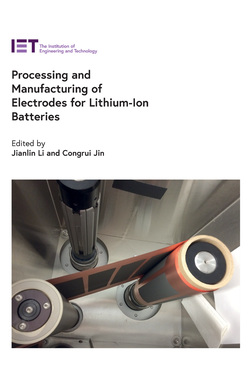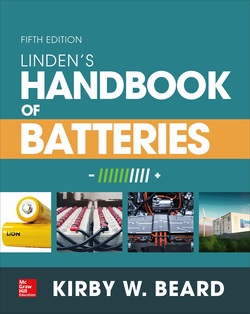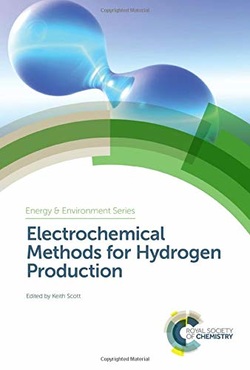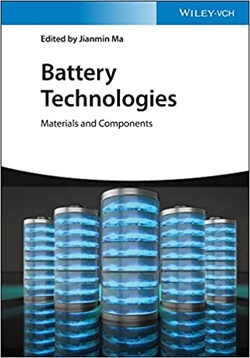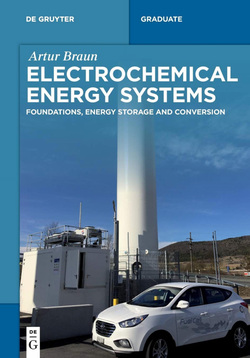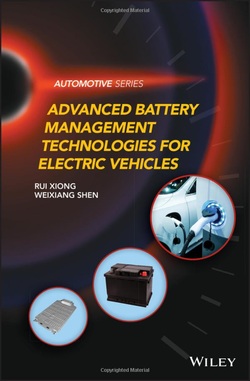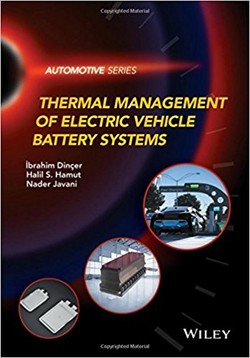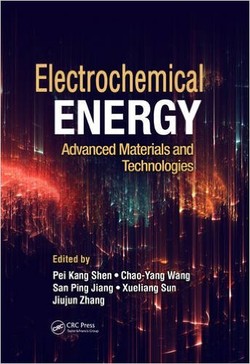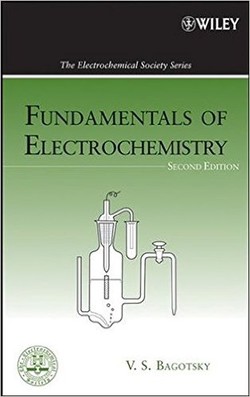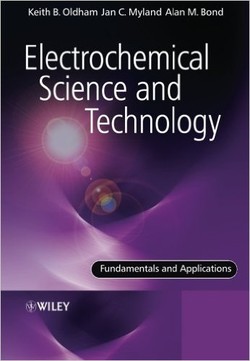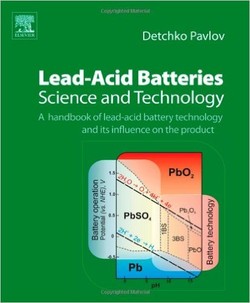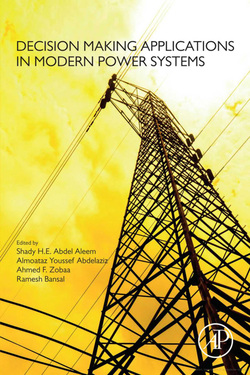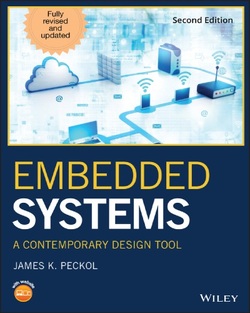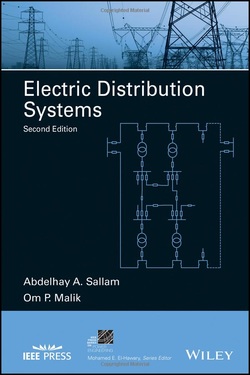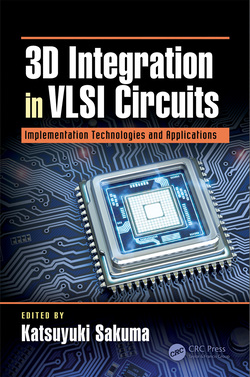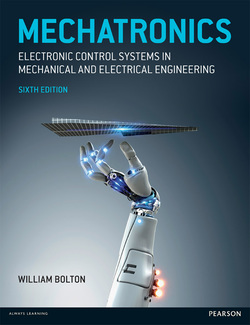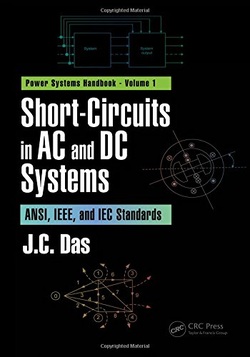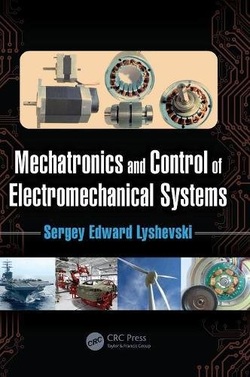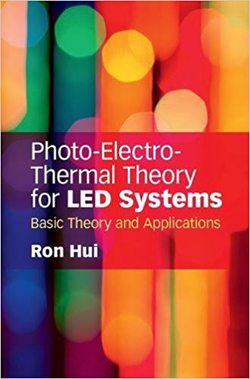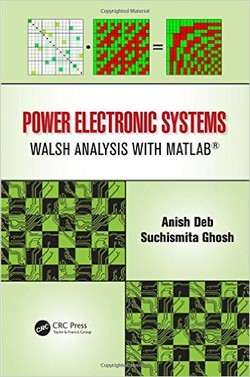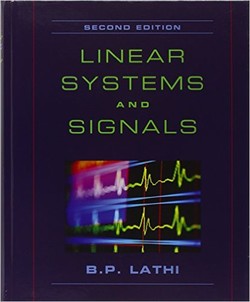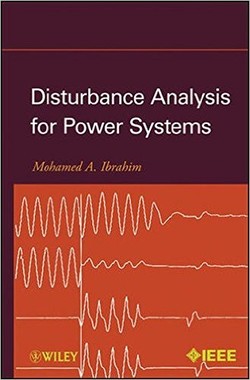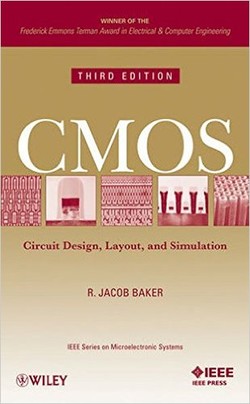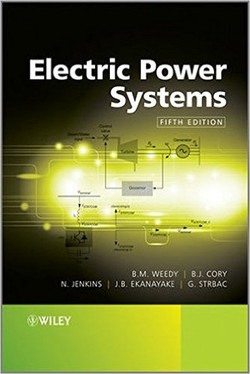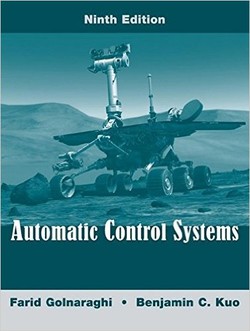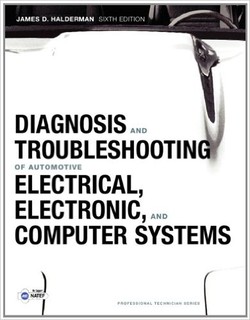باتریهای لیتیوم و دیگر سیستمهای ذخیره سازی الکتروشیمیایی
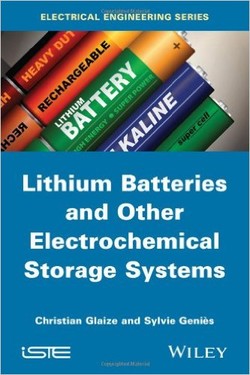
کتاب “باتریهای لیتیوم و دیگر سیستمهای ذخیرهسازی الکتروشیمیایی” با نشاندادن تفاوت کاربردها برای باتریهای ثانویه و ویژگیهای اصلی مورد نیاز آنها ازنظر ذخیرهسازی، آغاز میشود.
اولین فصل کتاب، تعاریف و روشهای اندازهگیری مورد استفاده در دنیای ذخیرهسازی الکتروشیمایی را ارائه میدهد و فصل دیگر آن به نمونههایی از کاربردهای باتریها اشاره دارد. باقیمانده کتاب نیز شامل توصیف باتریهای توسعهیافته اخیر (در پایان قرن بیستم) که اکنون تجاری شدهاند، همچنین باتریهایی با آینده روشن؛ میباشد. نویسنده کتاب به تکامل بهسرعت درحال افزایش تکنولوژیها اشاره میکند، بهویژه درمورد باتریهای لیتیوم که راههای پژوهشی آنها بسیار متنوع است.
اولین فصل کتاب، تعاریف و روشهای اندازهگیری مورد استفاده در دنیای ذخیرهسازی الکتروشیمایی را ارائه میدهد و فصل دیگر آن به نمونههایی از کاربردهای باتریها اشاره دارد. باقیمانده کتاب نیز شامل توصیف باتریهای توسعهیافته اخیر (در پایان قرن بیستم) که اکنون تجاری شدهاند، همچنین باتریهایی با آینده روشن؛ میباشد. نویسنده کتاب به تکامل بهسرعت درحال افزایش تکنولوژیها اشاره میکند، بهویژه درمورد باتریهای لیتیوم که راههای پژوهشی آنها بسیار متنوع است.
سال انتشار: 2013 | 384 صفحه | حجم فایل: 8 مگابایت | زبان: انگلیسی
Lithium Batteries and other Electrochemical Storage Systems
نویسنده
Christian Glaize,Sylvie Genies
ناشر
Wiley-ISTE
ISBN10:
1848214960
ISBN13:
9781848214965
قیمت: 16000 تومان
برچسبها: الکتروشیمی باتری باتری های لیتیوم لیتیوم
Lithium batteries were introduced relatively recently in comparison to lead- or nickel-based batteries, which have been around for over 100 years. Nevertheless, in the space of 20 years, they have acquired a considerable market share – particularly for the supply of mobile devices. We are still a long way from exhausting the possibilities that they offer. Numerous projects will undoubtedly further improve their performances in the years to come. For large-scale storage systems, other types of batteries are also worthy of consideration: hot batteries and redox flow systems, for example. This book begins by showing the diversity of applications for secondary batteries and the main characteristics required of them in terms of storage. After a chapter presenting the definitions and measuring methods used in the world of electrochemical storage, and another that gives examples of the applications of batteries, the remainder of this book is given over to describing the batteries developed recently (end of the 20th Century) which are now being commercialized, as well as those with a bright future. The authors also touch upon the increasingly rapid evolution of the technologies, particularly regarding lithium batteries, for which the avenues of research are extremely varied.
Contents
Part 1. Storage Requirements Characteristics of Secondary Batteries Examples of Use 1. Breakdown of Storage Requirements. 2. Definitions and Measuring Methods. 3. Practical Examples Using Electrochemical Storage. Part 2. Lithium Batteries 4. Introduction to Lithium Batteries. 5. The Basic Elements in Lithium-ion Batteries: Electrodes, Electrolytes and Collectors. 6. Usual Lithium-ion Batteries. 7. Present and Future Developments Regarding Lithium-ion Batteries. 8. Lithium-Metal Polymer Batteries. 9. Lithium-Sulfur Batteries. 10. Lithium-Air Batteries. 11. Lithium Resources. Part 3. Other Types of Batteries 12. Other Types of Batteries.
About the Authors
Christian Glaize is Professor at the University of Montpellier, France. He is also Researcher in the Materials and Energy Group (GEM) of the Institute for Electronics (IES), France. Sylvie Geniès is a project manager at the French Alternative Energies and Atomic Energy Commission (Commissariat à l’Energie Atomique et aux Energies Alternatives) in Grenoble, France.
